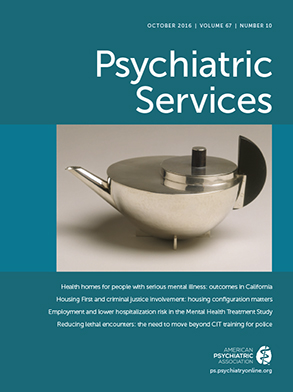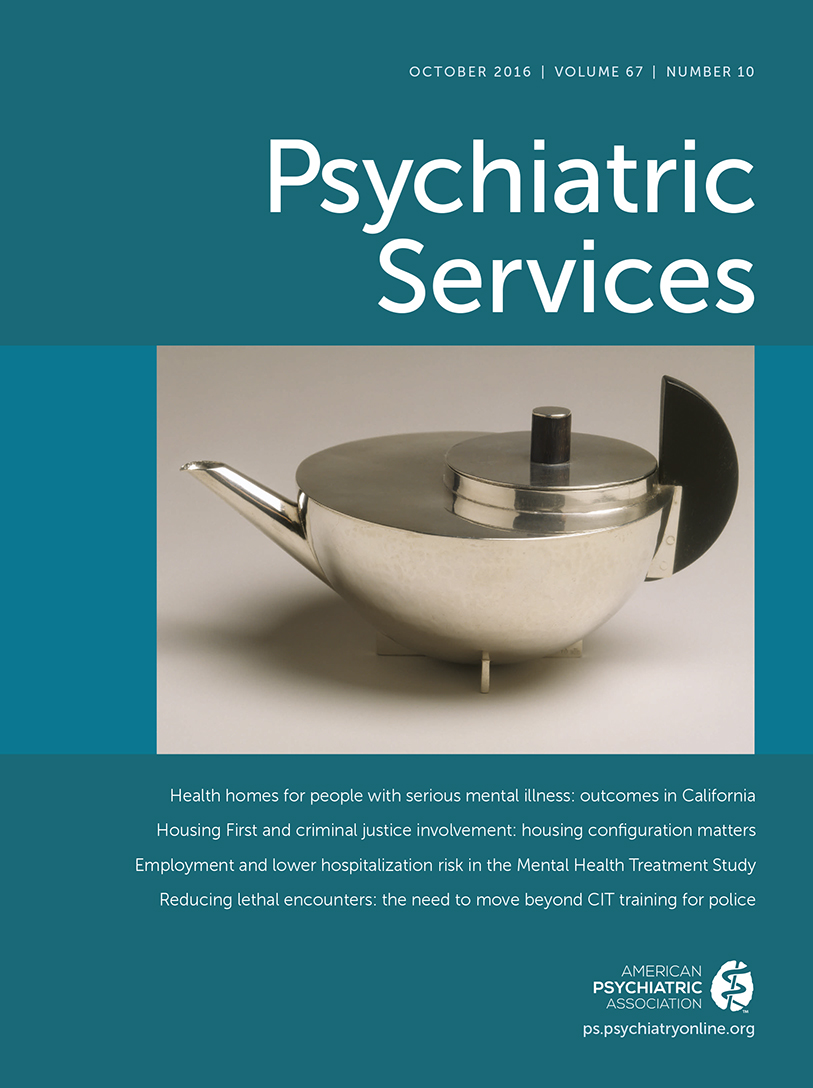The clinic psychiatrist tells me, the nurse, that he is discontinuing Lucy’s antianxiety medication. He notes that she continues to be well since he last decreased her dose, so stopping it all together is a reasonable consideration. However, I had visited his office to let him know that Lucy has been taking the original, higher dose prescribed months ago. The higher dose was provided by the pharmacy from old refills.
Robert has a degenerative disorder and receives home visits from me. The nerve cells in his brain die at an unpredictable rate, blocking the highways of communication to the other parts of his body. He is barely able to speak or to use his hands to hold a cup. He is taking over a half-dozen different medications administered by his partner. His mind functions with a level of clarity belying the deterioration of his muscles and his difficulty in speaking. With the energy of an athlete running the last few yards of a race, he tells me in his barely audible voice that Thanksgiving is coming and his family will visit. The effort of speech exhausts him.
Robert’s two most recent medication lists include one from his primary care physician (PCP) and one from the nursing agency. He received a computer-generated list at his last doctor’s appointment, which is reviewed with Robert and his partner at the following home visit. A medication on the list from his PCP was not received from the pharmacy and does not coincide with the list from the nursing agency. Directions on another prescription bottle are in keeping with the physician’s list but not with the list from the nursing agency. His partner provides medication to him most of the time as written on the nursing agency’s list, but sometimes she makes her own decisions about what is needed.
The nursing agency’s medication list was obtained from the rehabilitation facility where Robert was admitted after discharge from the hospital. This was the list that Robert’s PCP received to review and sign onto for Robert’s admittance to the nursing agency. Are you confused yet?
Back to the medication list from Robert’s PCP: the one medication from the physician’s list that did not appear on any of the others had been prescribed in the hospital. If you remember, Robert was transferred from the hospital into a rehabilitation facility and then was discharged to home under the care of a nursing agency. To further complicate the situation, the dose on another medication bottle does not correspond to any of the lists.
I wish I could say these are extreme examples, but unfortunately they are not uncommon situations. That Robert’s PCP returned my call during evening hours was uncommon. He took the half-hour needed to review Robert’s medications, clarifying and updating the medication list. Physicians often cannot make time for lengthy collaboration in the current climate of health care. Challenges with people receiving accurate medication dosages, directions, and medications themselves occur in all medical care settings.
From their inception, electronic medical records (EMRs) have been touted to decrease medication errors. This could be true if medication visits with prescribers weren’t shortened and nurses weren’t replaced by medical assistants not trained in the importance of a detailed investigation of all medication questions, including those appearing to be mundane. It may also occur if everyone uses the same program for prescribing, as might be the case if this nation and the health care industry develop a single-payer system.
In my daily experience, medication lists from hospitals, rehabilitation facilities, and physicians’ offices often result in confusion about what is currently prescribed. This, along with patients who may use multiple pharmacies and fill older prescriptions, leaves a tangled mess that cannot be sorted out in the typical ten- to 15-minute physician’s appointment or in the billable time for my home visits as a nurse. Older prescriptions are sometimes for medication doses and directions no longer intended by the prescriber. This type of medication error is often compounded by office staff (receptionists, medical assistants, and nurses) who may ask prescribers to honor medication refill requests before thoroughly investigating the situation. At times I have spent more than an hour untangling knotted medication information.
So I can’t help but be amused when “meaningful use,” as defined by Medicare and Medicaid, requires prescribers to obtain complete medication lists from patients. Should the list be of the medication the pharmacy is dispensing? Should the list come directly from the various prescribers? Or should the lists reflect the medication people are actually taking? Maybe the prescriber should obtain all of the medication lists, including a list from the pharmacies of medication refills and prescriptions on hold, in addition to those recently filled. Once obtained, who, then, will take the time to sort them all out? The task often falls to nurses such as myself. Focusing on the medication bottles leaves me little, if any, time to focus on the patient.
The old adage “Time is money” is the unspoken mantra of the growing conglomeration of medical institutions. No longer is the focus on quality of health care, but quantity. Like soda filling an empty stomach but lacking in nutrition, health care providers are required to see people in rapid succession, providing minimal opportunity for thorough assessments needed to direct treatment. Legislators, insurance companies, and health care administrators do not understand the growing level of frustration among health care providers as mandates continue to be handed down without the support or tools to meet them. One of the newest and wisest of these mandates is medication reconciliation, but it requires thoughtful execution.
In my past work with nursing students, I instructed them to “follow the money” when issues arise that seem to be in contradiction of good care. Meaningful use of an EMR requires a certain level of compliance, which then equates to incentive monies for individual agencies. The push and pull is between management with an eagle eye on fiscal matters working to keep health care facilities afloat and health care workers fighting for the ability to provide high-quality care to patients. As with many large enterprises, the goals of these two entities frequently clash. As a nurse working in a clinic or in a person’s home, I see isolated and scattered puzzle pieces of health care needs. I take the time to arrange them in place, knowing that anything left out or duplicated can significantly alter the picture of a person’s health. I am not encouraged in home care to do this because my employer prefers I move on to another billable encounter.
At one agency where I work, I express to management my concerns regarding the current EMR system we are required to use to document medication lists from other sources. The system intermixes the medication lists of various doctors, making it difficult for the agency prescriber to quickly discern his or her own list at a glance. In an effort to help me to see the value of the system provided, someone from the management team informs me of the percentage of deaths caused by medication errors. I ask, in turn, “What will be the percentage of deaths from medication errors caused by an inadequate system?” Despite our shared goal—to prevent harm—staff must follow new means of documentation that are prone to exacerbate existing problems of medication reconciliation. In answer to my question, I am told that there is no choice but to create the medication lists as instructed. For a number of reasons, the EMR cannot be changed at present to facilitate the gathering of information in a truly “meaningful” way designed to decrease errors. There are times when it seems that management is asking for blind adherence to protocols rather than encouraging critical thinking to facilitate favorable outcomes.
Does this mean that I think health care ought to return to using handwritten prescriptions? I don’t believe so—such systems were riddled with other sets of problems. The answer may be found in bridging the gaps between the creators of technological programs existing in “the Cloud” and those of us working on the ground. Only then can there be a melding of the paradigms of health care and industry so that the art and science of care come together to provide health care in the most cost-effective way.
Until then, I make no assumptions and don’t believe what I’ve read about any person’s medication without some investigation. In spite of technological advances in communications, decisions made in directing a person’s care too often are based on erroneous information.
A final example: I received a call regarding Joe. His PCP inadvertently sent to the pharmacy his psychiatric medication in addition to the medication prescribed by her. Given the nature of some electronic systems, it was an easy error to make.
For Joe, there were no dire consequences, but for someone whose medication may have been altered or discontinued, the consequences could have been severe. I wish my pessimism about the accuracy of prescriptions were off base; however, errors are a daily occurrence. Medication errors seem to be fueled by the very systems designed to prevent them, perhaps the result of an eagerness to industrialize health care.

